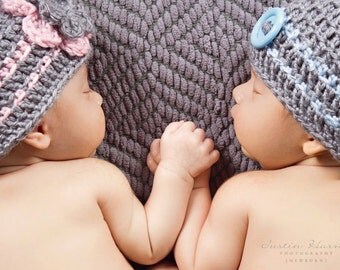Even today some people believe that the most appropriate
colour clothes to wear at a funeral has something in common with the myth about
early Henry Ford cars: any colour as long as it’s black. One explanation given
is that black clothes at a funeral denote respect. Respect is defined as regard
for someone’s feelings, wishes or rights and/or admiration for their
achievements, qualities and abilities. This doesn’t really make sense then unless
the person that died was a particular lover of black clothes or the celebration
of their life involves some reference to black. When asked people might also
say that this is the way it has always been. But, like most traditions, this one is
historically and culturally specific, although there are different arguments as
to when black became the funeral colour of choice with some arguing for the
Roman era and others for the middle-ages.
Many argue that the original of the ‘white wedding’, denoted
by the white (or ivory, eggshell or ecru) dress worn by the bride, should be credited
to the wedding of Queen Victoria for those of the highest classes and the end
of the second world war for others. Other sources cite the bible as containing the
first such reference. Whenever the
tradition began and whether or not the white dress and veil was originally
associated with sexual purity, some women still worry about the appropriateness
of white as their choice if, for example, the marriage is a second one.
 So what about pink clothes for a girl and blue ones for a
boy? This was probably introduced in the mid-19th century and is,
like black for funerals and white for wedding dresses, the norm in some
societies but not in others.
So what about pink clothes for a girl and blue ones for a
boy? This was probably introduced in the mid-19th century and is,
like black for funerals and white for wedding dresses, the norm in some
societies but not in others.
Sociologists, of which I am one, are concerned with norms
and values in society and how our behaviour is influenced by traditional, law,
social policy, what the media tells us and so on. We are also interested in the
way people present themselves differently in different social situations and
how this relates to said norms and values. With this in mind, although it might
be acceptable to sit and watch telly in our pyjamas, it’s probably not a good
idea to attend a job interview in them. And although we might wear a suit or a
best dress if invited to Buckingham palace it’s unlikely we’d wear the same for
a trip to the pub.
And yet there have been many changes with reference to
dress. Theatre goers attend in both evening dresses and jeans and many of the
traditional gender differences (not just in relation to colour) in clothing
have been challenged in recent years. Similarly, we no longer need to pick what
to wear to a funeral or a wedding or a naming in line with what people have
always done or in terms of what others might think and how they might judge us.
A bespoke ceremony includes individual, even unique, clothing; whether this
means wearing a football strip to the funeral of a sports fan; the wedding
party and guests dressing as vampires on the big day or a sister and brother at
a naming ceremony dressed as supergirl and batboy. In fact, there’s actually
nothing wrong with sleepwear at a funeral, and Levi’s or posh frocks at a
wedding or a naming. So, if you want me to, maybe I’ll officiate at your
ceremony . . . wearing pink (or blue) pyjamas.

No comments:
Post a Comment